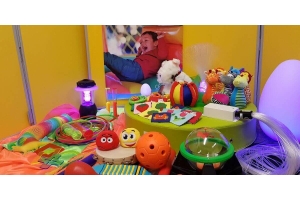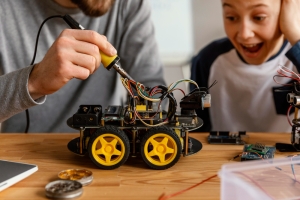Ways to implement STEM education
If you want to know ways to implement STEM education read this article!
STEM is the abbreviation for Science, Technology, Engineering, and Maths.
It’s an integrated approach to learning that encourages students to think more broadly about real-world problems. STEM can truly transform the learning environment.
This innovative methodology helps children to:
- Ask questions
- Connect the dots
- Problem solve
- Think creatively
- Be innovative
Ways to implement STEM education
1. Choose the right technology
There are a number of education technology solutions on the market that allow students to model their projects in real-time, both physically and digitally, which can make a huge difference. For students, this gives them the opportunity to connect the digital with the real world and often provide ways to bring in the arts in a more tactile way… but only when the tech is used correctly.
This means not just digitizing worksheets or settling for drill applications that aim to replace the teacher but choosing an education technology solution with students and teachers in mind!
2. Give students a choice!
One of the benefits of STEM education is giving students a voice in their own learning. Students are much more likely to feel empowered about their learning if they also feel that they have a choice in the learning process, and STEM offers many avenues for educators to open that door.
Offer students a number of related options and giving them a choice on what they want to work on it.
3. Let collaboration happen naturally
While some students may excel in some of these skills quicker than others, exposure is the best way to let students experience a collaborative environment and become familiar hearing others and developing their socio-emotional skills.
STEM is an excellent way to bridge this curricular gap without making the effort feel forced for students.
Not only can STEM save the world, but it can also save our kids too by making their future bright.
Let’s work together to get more STEM education into elementary schools and homeschool.
 Live Chat
Live Chat







